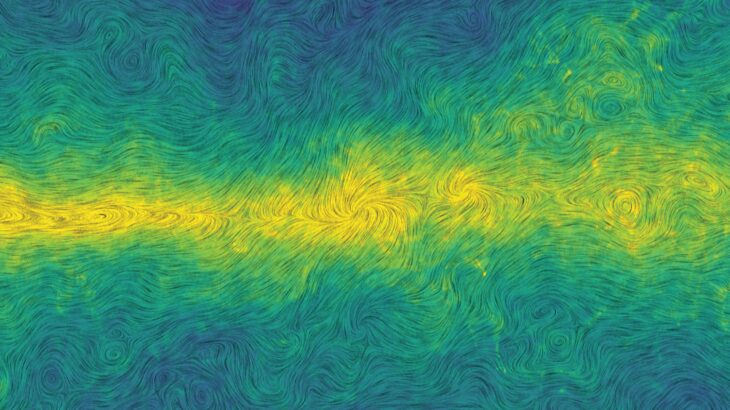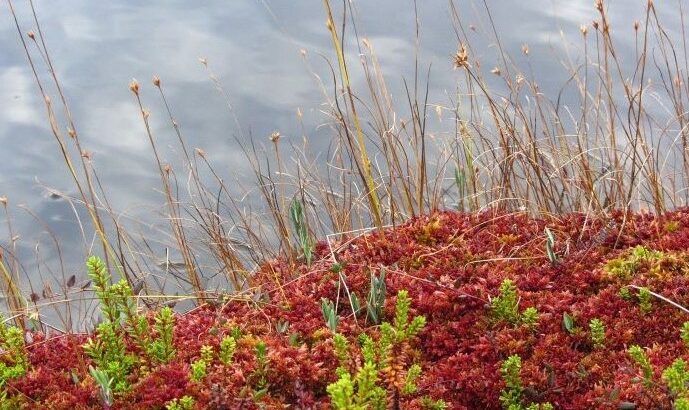
By Ishara Yahampath, guest contributor Globally, 400 metric tonnes of plastic are produced annually: 40% is single-use, resulting in significant waste. Every year, 29,000 tonnes of plastic are released into Canada’s environment, causing serious environmental problems—the accumulation of plastic waste in land and water ecosystems, leakage of harmful microbes into the environment, and threats to […]







